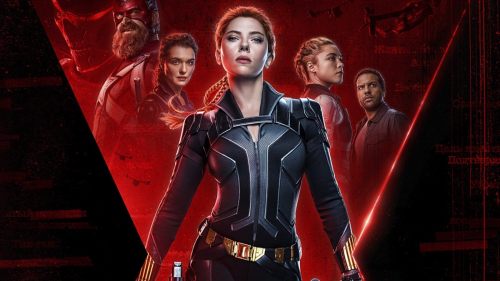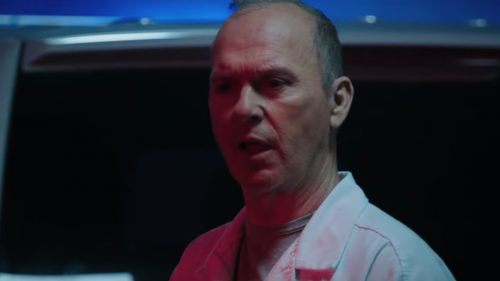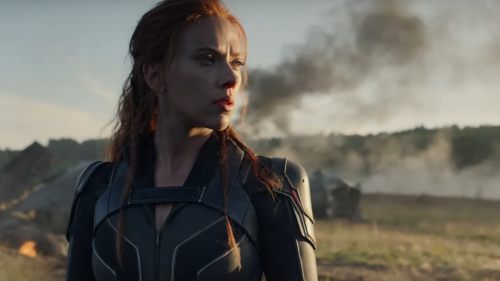How The FANTASTIC FOUR Could Be the Key to Marvel’s Phase Four
WARNING: The post contains Avengers: Endgame spoilers.
Avengers: Endgame didn’t quite put a period on the run-on sentence that is the Marvel Cinematic Universe like its title might lead you to believe. Such things cannot end, lest the world go hungry for giant, gaping holes in the sky belching out spaceships. The question on the minds of Marvel fans everywhere is no longer “how will it end?” Now, it’s “how will it continue?” Tony Stark is dead. Steve Rogers is collecting Super Soldier Social Security. Bruce Banner has a burnt hot dog for an arm. Thor went to space to find himself like a college sophomore in Barcelona. Black Widow sacrificed herself for the Soul Stone. The very idea of “The Avengers” was so wrapped up in the specific characters brought together to save the world that it seems premature or even borderline sacreligious to broach the subject of how best to carry on this extremely lucrative brand. Iron Man’s corpse isn’t even cold yet.
Alas, the show must go on. Characters like Black Panther, Captain Marvel, and Doctor Strange demand sequels post haste. Shang Chi promises to be the first of what should be many new characters being introduced to the Marvel universe. But how can one top a 22-film interconnected saga that culminates in the biggest film of the century? Is it even possible? Is it worth trying?
It’s not; at least not yet. The brilliance of the Infinity Saga was in its patience. I am loathe to compare DC to Marvel, because it’s a pointless debate, but it’s worth it to consider Warner Bros skipping 20 steps in order to release a team-up film no one was clamoring for and the lengths they have gone to back-peddle from that aborted world-building. The next phases of the Marvel series will require even more patience than the first three, because the blueprint for success is there. Keep cranking out movies with “Avengers” in the title every few years with new characters and call it a day. That’s the easy way forward, but that seems unlikely from a movie studio that made a movie starring a talking tree. The Avengers brand needs a break. Nothing Marvel could dream up would be able to measure up to what they accomplished over the last 11 years. The only way to get past the unrealistic expectations of the most engaged fans is to totally subvert it, while reintroducing characters that are intimately connected to the fabric of Marvel Comics.
Marvel’s Phase Four should culminate in a brand new Fantastic Four film.
This sounds absurd, I’m sure. There have been three Fantastic Four movies already, with an unblemished record of three terrible movies to zero good ones. In a certain sense, this is like suggesting Marvel reboot The Punisher for the fourth time. The Marvel label is so potent that they could probably get away with that, so why not the Fantastic Four? Naysay all you want, but consider the positives rather than the negatives of this concept. The Fantastic Four offer the following:
- A cohesive team concept to rival The Avengers
- A mega-genius character in Reed Richards that could replace Tony Stark
- An elite antagonist in Doctor Doom, who could also do yeoman’s work in the Black Panther and Doctor Strange films
- A clear pathway to Galactus, the only Marvel villain who can outdo Thanos as a threat
From a purely business perspective, it makes a world of sense, too. Disney’s purchase of Fox has given Marvel access to characters it hasn’t been able to leverage these last 11 years: the Fantastic Four, the X-Men, Deadpool, etc. The retconning on mutants into the MCU requires more mental gymnastics than the time travel in Endgame. Plus, Kevin Feige is on record stating that we’re years away from the X-Men appearing in the MCU. It makes no sense to go there so soon, especially with Dark Phoenix coming out this summer — the culimation of a movie series that has lasted even longer than the Infinity Saga. The Fantastic Four, on the other hand, is in a spot similar to where the Spider-Man franchise was when Sony rented out Peter Parker to Marvel. The audience’s expectations are lowered, the characters have barely been explored, and (say what you want about the Rami films) the previous interpretations are far from definitive. Making the Fantastic Four the centerpiece of Phase Four is not only a cute piece of marketing (Phase Four? Fantastic Four? Get it?); it also unlocks a wealth of storytelling potential across all three realms of the MCU: the terrestrial, the cosmic, and the mystical.
Let’s dive into the possibilities, with a hypothetical slate of Phase Four films that all lead to the reintroduction of Marvel’s First Family:

Doctor Strange 2
Let’s kick off Phase Four with the most underrated MCU hero, Steven Strange. The first Strange movie didn’t warrant a mountain of think pieces like Black Panther or Captain Marvel. It also didn’t touch on our latent patriotism like Captain America. It just was, and that’s OK. Someone has to be the Thor of this phase.
Doctor Strange set up Baron Mordo as a villain for the future, so why not bring him back here, training sorcerers in darker arts to battle his former protege? What if, in the post-credits stinger, one of those sorcerers in training is Victor Von Doom?

Black Panther 2
Doctor Doom is easily in the top tier of Marvel villains, which makes his general crappiness in the three Fantastic Four movies so disappointing. He’s a brilliant mind, a cunning wizard, and a brutal dictator. Enter Latveria, a Cold War-esque rival to Wakanda. T’Challa has already fought an enemy from within his own kingdom in Killmonger. The next logical threat would be from outside. Perhaps an assassin (Bullseye? Kraven, the Hunter?) is sent into Wakanda to destabilize the government while political forces attempt to seize power. Maybe that plan is being orchestrated from the seat of power in Latveria, which we come to learn is commanded by Doctor Doom, who is fluent in the mystic arts, as seen in Doctor Strange 2. Perhaps there are whispers of a space-bound mission, funded by Stark Industries, that left right before the Thanos Snap, and was lost. A post-credits stinger shows Captain Marvel responding to a distress signal from a far-off planet. When she arrives, the planet is gone. As in, no longer present. Disappeared. Swallowed up whole.
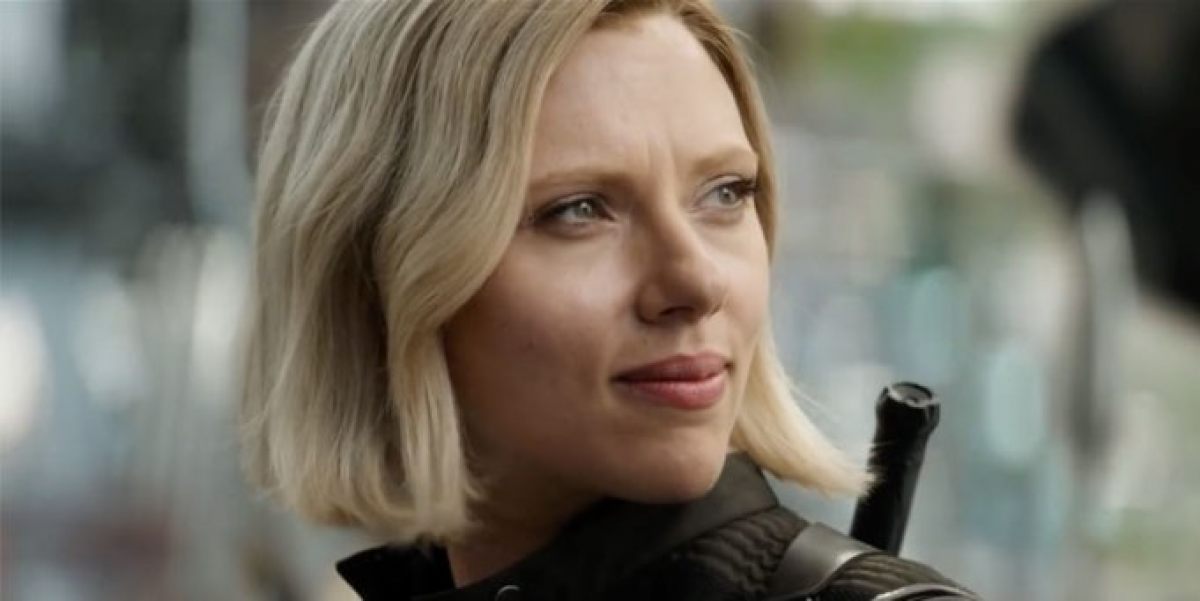
Black Widow
This is where things get a little fuzzy. The Black Widow film is a prequel, which means going backwards to tell a story that we’d need to really stretch to make matter in a Fantastic Four/Galactus saga. But when we remember that our watchword is patience, it’s easier to figure out how to make this fit within that framework. Black Widow sets up Shang Chi, which is your Ant-Man or Spider-Man post-Phase palate cleanser. Like Black Widow, Shang Chi functions best within a more realistic, Earthbound setting. The Black Widow movie could allude to a “Master of Kung Fu” that battles underworld criminals and spies. Or something like that. Let’s not dwell on that. The Black Widow movie is really just here to stretch things out before we get to the good stuff.

Captain Marvel 2
It seems unlikely we’ll get Guardians 3 in this Phase, thanks to the unnecessary controversy over James Gunn’s bad tweets. So, the space-bound elements of the MCU that will inevitably lead to Galactus and the Silver Surfer have to be assumed by Carol Danvers. Piggybacking on the stinger from Black Panther 2, we find Captain Marvel investigating the missing planet. In the midst of that, she runs up against the time-traveling villain Kang the Conqueror, who has seen terrible galactic devastation in the future and believes the only way to survive is to...have a baby with Captain Marvel. Of course, Kang wants to use this super baby to rule the universe and he’ll stop at nothing to woo Carol or kill her. This would be a play off of the Celestial Madonna storyline from the comics (it was Mantis that was the object of Kang’s affection there), and it would also be an opportunity for Marvel to continue using Captain Marvel to make salient points about female empowerment when Carol stands up to some greasy male villain trying to control her reproduction. Heavy-handed? Sure. But wasn’t Carol defeating Yonn-Rogg’s gaslighting equally on the nose? Carol defeats Kang, sending him into the Negative Zone, I guess. Why not? Have fun, Kang.
Our final post-credits stinger sets up our Phase-capping adventure: the Fantastic Four’s spaceship crash lands on Earth. Reed Richards stumbles out of the ship, totally unaware of where (or when) he is. In his panicked state, his arm starts to stretch.
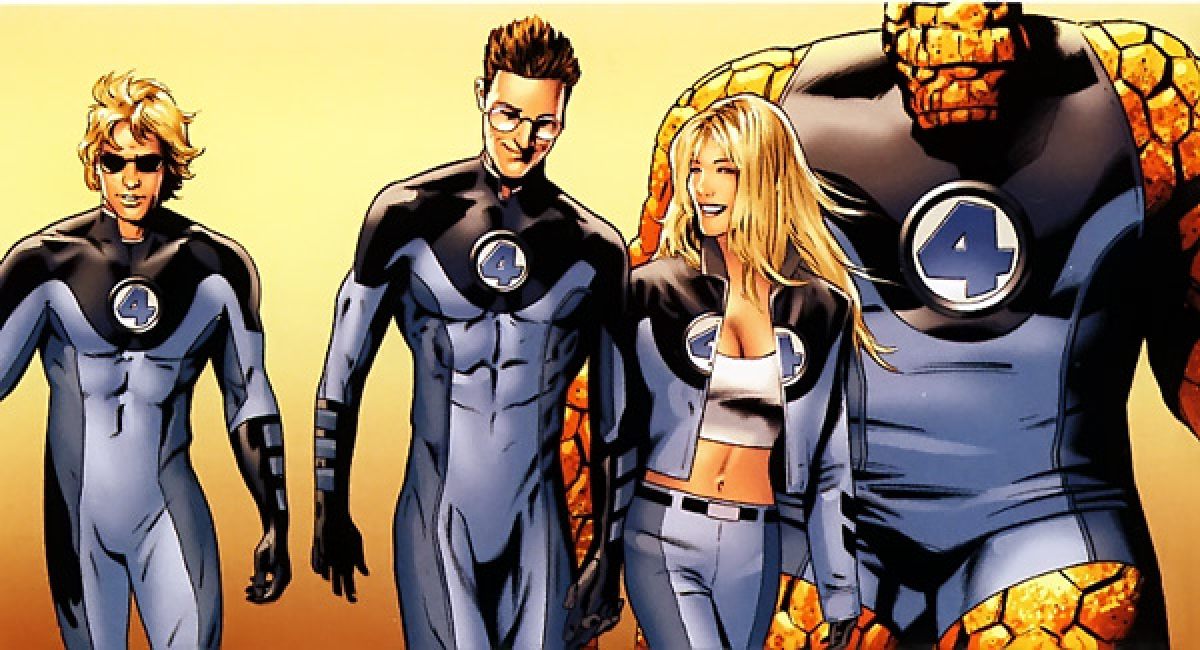
The Fantastic Four
And here we are. Phase Four comes to an end. How does such a crucial group of characters as the Fantastic Four get retconned into MCU canon? First off, Reed Richards is a malcontent. Richards is a brilliant mind, but one that can’t be controlled. He’s bounced from job to job, failing to fit into any environment he’s been placed into. He finally lands a job with SHIELD, prior to the events of The Winter Soldier. Richards becomes obsessed with Dr. Wendy Larson’s work on the lightspeed engine and dedicates himself to making it work. After the dissolution of SHIELD, Richards goes to work for Stark Industries, taking his lightspeed engine efforts with him. Without the aid of the Tesseract, Richards has to invent a means of powering his engine. Richards solicits the help of his good friend, Victor Von Doom, to help him harness cosmic rays (or Gamma rays or some such thing) to make his dream a reality.
The arrival of Thanos in Infinity War sends Richards into a panic. Knowing that the fate of humanity is at stake, he decides to launch his experimental craft early. He will bring his girlfriend Sue Storm, her brother Johnny, and Ben Grimm, who is a mechanical whiz that can troubleshoot any technical issues with the flight. In the worst case scenario of Thanos-related intergalactic genocide, the lightspeed engine can ferry humans off of the planet to start anew. In his haste, Richards leaves out Victor Von Doom from his flight manifest. The ship escapes the atmosphere, but the lightspeed engine malfunctions, sending Richards, Sue, Johnny, and Ben into the Negative Zone. When they come out, they are hurtled back to Earth five years later (post-Endgame) and find that they are now imbued with their traditional superpowers: stretching, invisibility, flaming on, and whatever it is that the Thing is. The Fantastic Four land in, you guessed it, Wakanda. Shuri examines the four and explains the circumstances of their mutation. T’Challa gives them some kind of pep talk, which leads to them assuming the mantle of heroes. This is a bit of a nod to the first appearance of Black Panther in Fantastic Four #52 and 53, but with a switching of circumstances. Now, the Four are dumped into Black Panther’s story, rather than the other way around.
Simultaneously, the Silver Surfer comes to Earth, in the role of herald of Galactus, who was woken from his slumber when Thanos destroyed the Infinity Stones. The Stones were the only power keeping Galactus at bay. Now that they’re gone, nothing can prevent him from consuming the entire universe.
Doctor Doom, furious at Reed Richards for leaving him behind to suffer in the post-Snap world, leaves Latveria when he hears that his former friend has returned from space. Doom wants to not only kill Reed, but also curry favor with the Silver Surfer, in order to insure his survival. Doom attempts to recreate Reed’s experiment and open a portal to the Negative Zone, banishing the Four to this alternate dimension and also allowing various threats into our world to subjugate humanity in preparation for the arrival of Galactus. This gets the attention of Captain Marvel (who returns to Earth) and Doctor Strange (who recognizes that Doom is a disciple of Baron Mordo). They join forces with the Fantastic Four to stop Doctor Doom, who flees back to Latveria. Recognizing his genius at last, Stark Industries hands over Avengers Tower to Reed Richards to become a research facility that for reasons I haven’t yet figured out, is renamed the Baxter Building.
In the post-credits stinger, the Silver Surfer explains to the Fantastic Four that despite it all, Galactus is still coming. And he’s still hungry.

Shang Chi
God, I’m tired at this point. This is the palate cleanser movie, anyway. Who cares? There’s some crazy martial arts. The end. He’ll be back in the inevitable Phase Five. And the wheel keeps on turning.

What do you folks think? Into the above, or not so much? Are you more eager to see the Fantastic Four join the MCU, or the X-Men? Can you think of a bigger threat, post-Thanos, than Galactus? Sound off in the comments section below, and stay tuned for further updates on the MCU's Phase Four as they roll in.

